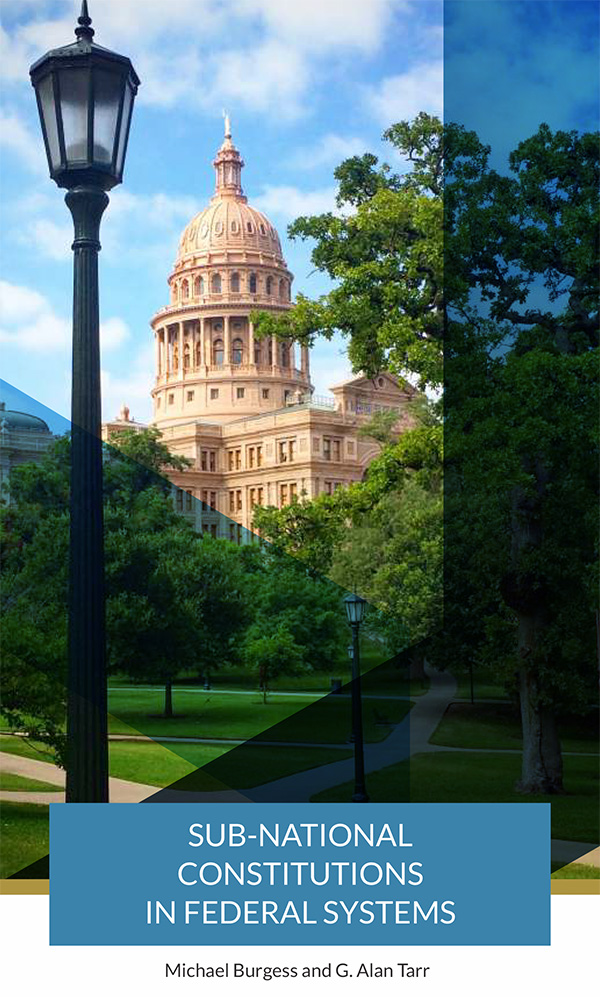Library
The capacity to respond to change and the challenges associated with it are crucial to the success and survival of federal states. The constitutional arrangements within a federal system for dividing power, resolving disputes, safeguarding rights, and providing for reform and renewal are key in responding to these challenges. This article examines how the constitutional architecture of federal and quasi-federal systems has influenced their evolution and development, their success and survival. This article also looks at the constitutional architecture of these systems from “below”—from the point of view of sub-national constitutions and the regions that they govern.
To many readers, the term “constitutional architecture” may sound odd, but it points to an important overlooked feature of federal constitutionalism. In every federal system, political arrangements at the national level are structured by a federal constitution. In some federal systems, the federal constitution prescribes the political institutions and processes for the country’s constituent units—such as provinces, states or cantons—as well, thus dictating the constitutional architecture for the entire federal system.
But in most federal systems, the federal constitution is acknowledged as an incomplete framework document, in the sense that it does not prescribe all constitutional processes and arrangements. Rather, it leaves space to be filled by the constitutions of its sub-national units. The scope of this sub-national constitutional space varies from one federal system to another. Typically, the less detail that the federal constitution provides, the greater the space for sub-national constitutional space. Usually, federal constitutions also set parameters that constrain the choices available to those drafting sub-national constitutions.2 Nonetheless, this system of dual constitutionalism furnishes an opportunity for constituent units to define their own goals and establish their own governmental institutions and processes. This is a part of the self-rulethat is fundamental to a federation.
Sub-national constitutions also form part of the overall constitutional framework for the federation. They are “part and parcel of the total constitutional structure of federal systems and play a vital role in giving the system direction.”3 Constituent units may make use of the constitutional space available to them to initiate reforms to respond to the problems they confront. These experiments, if successful, may have consequences beyond their own borders. A successful experiment in one constituent unit may promote emulation by other constituent units that confront the same problems: a process known as horizontal federalism. In addition, successful experiments in the constituent units may encourage the federal government to adopt the same reforms at the national level, so that the pattern of influence is bottom-up rather than top-down. Thus, to fully understand constitutional evolution and development in federal and quasi-federal systems, one must constantly be mindful of the interplay of federal and sub-national constitutions.


